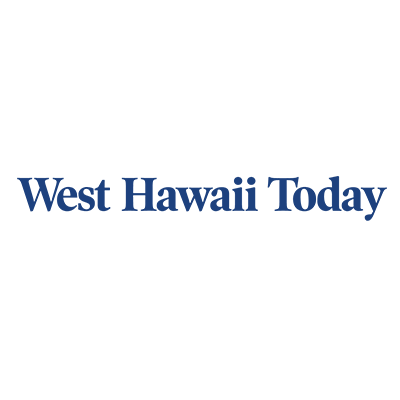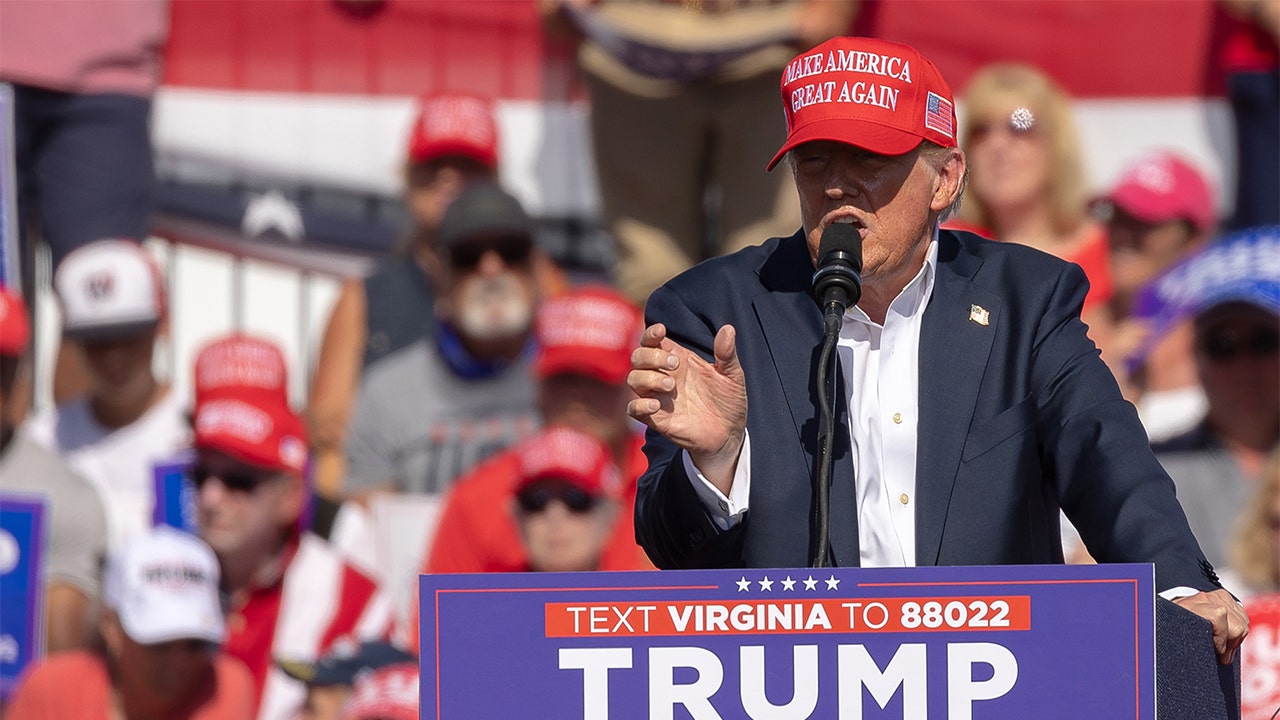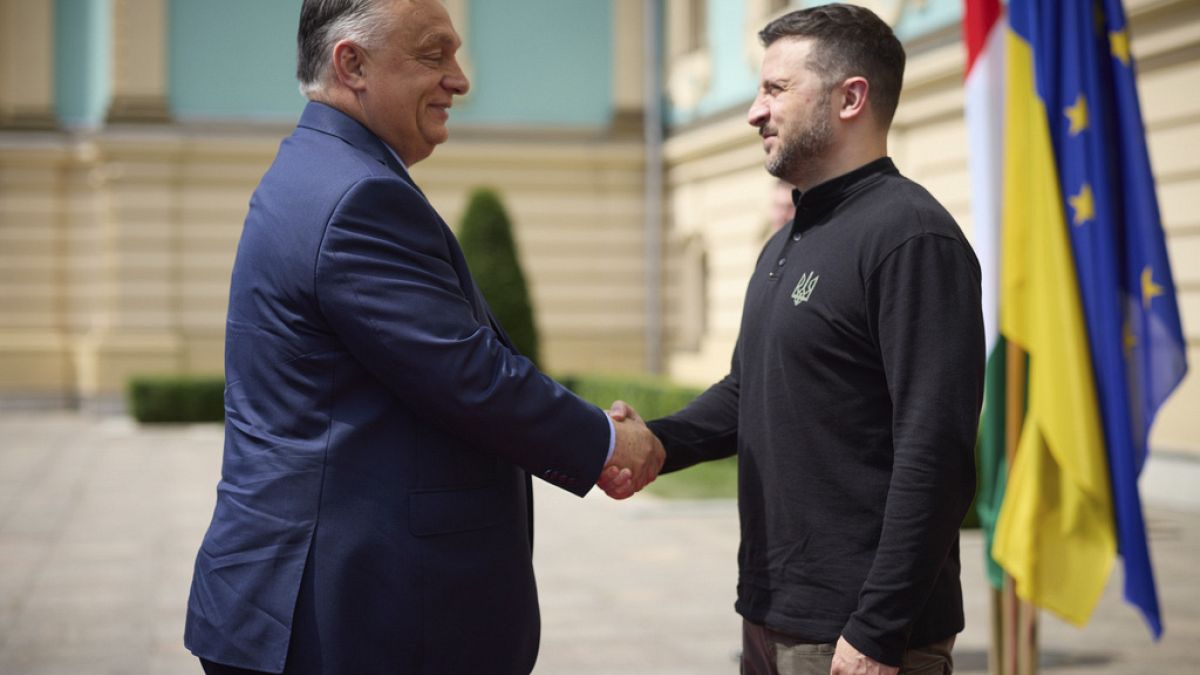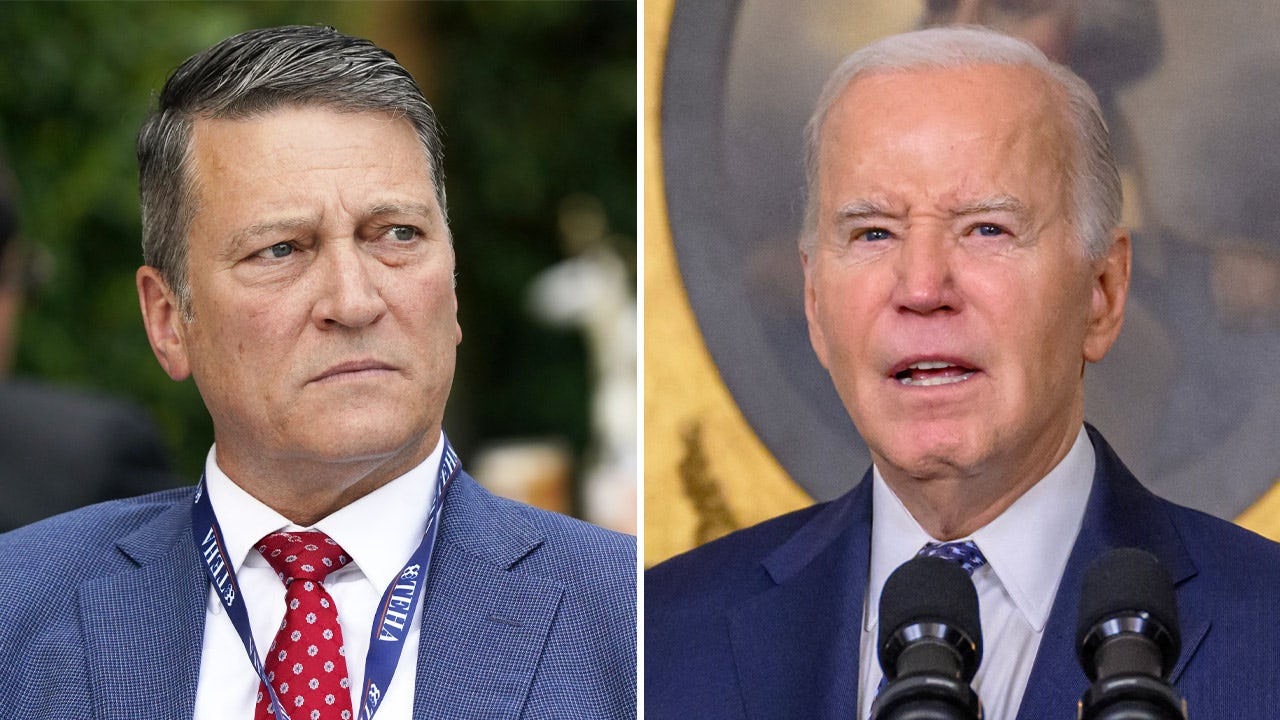New York
Special Counsel Obtained Trump’s Direct Messages on Twitter

The federal prosecutors who charged former President Donald J. Trump this month with conspiring to overturn the 2020 election got access this winter to a trove of so-called direct messages that Mr. Trump sent others privately through his Twitter account, according to court papers unsealed on Tuesday.
While it remained unclear what sorts of information the messages contained and who exactly may have written them, it was a revelation that there were private messages associated with the Twitter account of Mr. Trump, who has famously been cautious about using written forms of communications in his dealings with aides and allies.
The court papers disclosing that prosecutors in the office of the special counsel, Jack Smith, obtained direct messages from Mr. Trump’s Twitter account emerged from a fight with Twitter over the legality of executing a warrant on the former president’s social media. Days after the attack on the Capitol on Jan. 6, 2021, the platform shut down his account.
The papers included transcripts of hearings in Federal District Court in Washington in February during which Judge Beryl A. Howell asserted that Mr. Smith’s office had sought Mr. Trump’s direct messages — or DMs — from Twitter as part of a search warrant it executed on the account in January.
In one of the transcripts, a lawyer for Twitter, answering questions from Judge Howell, confirmed that the company had turned over to the special counsel’s office “all direct messages, the DMs” from Mr. Trump’s Twitter account, including those sent, received and “stored in draft form.”
The lawyer for Twitter told Judge Howell that the company had found both “deleted” and “nondeleted” direct messages associated with Mr. Trump’s account.
The warrant was first revealed last week when a federal appeals court in Washington released court papers about Twitter’s attempt to challenge certain aspects of the warrant.
The court papers unsealed on Tuesday revealed that Mr. Smith’s prosecutors sought “all content, records and other information” related to Mr. Trump’s Twitter account from October 2020 to January 2021, including all tweets “created, drafted, favorited/liked or retweeted” by the account and all direct messages sent from, received by or stored in draft form by the account.
The warrant, which was signed by a federal judge in Washington in January after Elon Musk took over Twitter, now called X, is the first known example of prosecutors directly searching Mr. Trump’s communications and adds a new dimension to the scope of the special counsel’s efforts to investigate the former president.
Mr. Trump’s Twitter account was often managed by Dan Scavino, a longtime adviser going back to his days in his private business, and it was unclear if any direct messages were from when he was using the account.
CNN earlier reported the revelation that Mr. Trump’s direct messages were sought by the search warrant.
A spokesman for Mr. Trump, asked for comment, referred to a post the former president made on his social media website, Truth Social, on Monday, in which he called Mr. Smith a “lowlife” and accused him breaking into his Twitter account. “What could he possibly find out that is not already known,” Mr. Trump wrote.
The election charges filed against Mr. Trump accuse him of three overlapping conspiracies: to defraud the United States, to disrupt the certification of the election at a proceeding at the Capitol on Jan. 6 and to deprive people of the right to have their votes counted.
Mr. Trump’s relentless use of Twitter is detailed several times in the indictment.
The indictment notes, for instance, how Mr. Trump used Twitter on Dec. 19, 2020, to summon his followers to Washington on Jan. 6 for what he described as a “wild” protest. The message ultimately served as a lightning rod for both far-right extremists and ordinary Trump supporters who descended on the city that day, answering Mr. Trump’s call.
The indictment also describes how Mr. Trump used Twitter in the run-up to Jan. 6 to instill in his followers “the false expectation” that Vice President Mike Pence had the authority to use his role in overseeing the certification proceeding at the Capitol “to reverse the election outcome” in Mr. Trump’s favor.
On Jan. 6, Mr. Trump continued posting messages on Twitter that kept up this drumbeat of “knowingly false statements aimed at pressuring the vice president,” the indictment said. Ultimately, when Mr. Pence declined to give in, Mr. Trump posted yet another tweet blaming the vice president for not having “the courage to do what should have been done to protect our country and our Constitution.”
One minute after the tweet was posted, the indictment said, Secret Service agents were forced to evacuate Mr. Pence to a secure location. And throughout that afternoon, it added, rioters roamed the Capitol and its grounds, shouting chants like “Traitor Pence” and “Hang Mike Pence.”
When the special counsel’s office obtained the warrant for Mr. Trump’s Twitter account, prosecutors also got permission from a judge to force Twitter not to inform the former president that they were scrutinizing his communications.
If Mr. Trump had learned about the warrant, the court papers unsealed on Tuesday said, it “would result in destruction of or tampering with evidence, intimidation of potential witnesses or serious jeopardy to this investigation.”
Twitter challenged this so-called nondisclosure order, arguing that prosecutors had violated the company’s First Amendment rights by seeking to keep officials from communicating with Mr. Trump, one of its customers.
The company also asked to delay complying with the warrant until the issues surrounding the provision were resolved. Otherwise, it claimed, Mr. Trump would not have a chance to assert executive privilege in a bid to “shield communications made using his Twitter account.”
Ultimately, Twitter not only lost the fight but also was found to be in contempt of court for delaying complying with the warrant. Judge Howell fined the company $350,000.

New York
We Counted 22,252 Cars to See How Much Congestion Pricing Might Have Made This Morning

Today would have been the first Monday of New York City’s congestion pricing plan. Before it was halted by Gov. Kathy Hochul, the plan was designed to rein in some of the nation’s worst traffic while raising a billion dollars for the subway every year, one toll at a time.
A year’s worth of tolls is hard to picture. But what about a day’s worth? What about an hour’s?
To understand how the plan could have worked, we went to the edges of the tolling zone during the first rush hour that the fees would have kicked in.
Here’s what we saw:
Video by Noah Throop/The New York Times; animation by Ruru Kuo/The New York Times
You probably wouldn’t have seen every one of those cars if the program had been allowed to proceed. That’s because officials said the fees would have discouraged some drivers from crossing into the tolled zone, leading to an estimated 17 percent reduction in traffic. (It’s also Monday on a holiday week.)
The above video was just at one crossing point, on Lexington Avenue. We sent 27 people to count vehicles manually at four bridges, four tunnels and nine streets where cars entered the business district. In total, we counted 22,252 cars, trucks, motorcycles and buses between 8 a.m. and 9 a.m. on Monday.
We wanted to see how the dense flow of traffic into the central business district would have generated money in real time.
Though we can’t know that dollar amount precisely, we can hazard a guess. Congestion pricing was commonly referred to as a $15-per-car toll, but it wasn’t so simple. There were going to be smaller fees for taxi trips, credits for the tunnels, heftier charges for trucks and buses, and a number of exemptions.
To try to account for all that fee variance, we used estimates from the firm Replica, which models traffic data, on who enters the business district, as well as records from the Metropolitan Transportation Authority and city agencies. We also made a few assumptions where data wasn’t available. We then came up with a ballpark figure for how much the city might have generated in an hour at those toll points.
The total? About $200,000 in tolls for that hour.
Note: The Trinity Place exit from the Brooklyn-Battery Tunnel, which would have been tolled, is closed at this hour.
It’s far from a perfect guess. Our vehicle total is definitely an undercount: We counted only the major entrances — bridges, tunnels and 60th Street — which means we missed all the cars that entered the zone by exiting the Franklin D. Roosevelt Drive or the West Side Highway.
And our translation into a dollar number is rough. Among many other choices we had to make, we assumed all drivers had E-ZPass — saving them a big surcharge — and we couldn’t distinguish between transit buses and charter buses, so we gave all buses an exemption.
But it does give you a rough sense of scale: It’s a lot of cars, and a lot of money. Over the course of a typical day, hundreds of thousands of vehicles stream into the Manhattan central business district through various crossings.
Trips into tolling district, per Replica estimates Note: Data counts estimated entrances on a weekday in spring 2023. Source: Replica.
Queens-Midtown Tunnel
50,600
Lincoln Tunnel
49,200
Williamsburg Bridge
27,900
Manhattan Bridge
24,000
Brooklyn-Battery Tunnel
23,100
Queensboro Bridge
21,700
Brooklyn Bridge
17,100
Holland Tunnel
15,400
All other entrances
118,000
Total
347,000
The tolling infrastructure that was installed for the program cost roughly half a billion dollars.
The M.T.A. had planned to use the congestion pricing revenue estimates to secure $15 billion in financing for subway upgrades. Many of those improvement plans have now been suspended.
Methodology We stationed as many as five counters at some bridges and tunnels to ensure that we counted only cars that directly entered the tolling zone, not those that would have continued onto non-tolled routes.
Our count also excluded certain exempt vehicles like emergency vehicles.
We used estimates of the traffic into the district to make a best guess at how many of each kind of vehicle entered the zone. Most of our estimates came from the traffic data firm Replica, which uses a variety of data sources, including phone location, credit card and census data, to model transportation patterns. Replica estimated that around 58 percent of trips into the central business district on a weekday in spring 2023 were made by private vehicles, 35 percent by taxis or other for-hire vehicles (Uber and Lyft) and the remainder by commercial vehicles.
We also used data on trucks, buses, for-hire vehicles and motorcycles from the M.T.A., the Taxi and Limousine Commission and the Department of Transportation.
For simplicity, we assumed all vehicles would be equally likely to enter the zone from 8 a.m. to 9 a.m. as they would be in any other hour. We could not account for the other trips that a for-hire vehicle might make once within the tolled zone, only the initial crossing. And we did not include the discount to drivers who make under $50,000, because it would kick in only after 10 trips in a calendar month.
New York
Transcript of Trump Manhattan Trial, May 30, 2024

-
Jury Deliberation Re-charge
SUPREME COURT OF THE STATE OF NEW YORK
COUNTY OF NEW YORK CRIMINAL TERM
-
-
PART: 59
Χ
THE PEOPLE OF THE STATE OF NEW YORK,
-against-
DONALD J. TRUMP,
DEFENDANT.
BEFORE:
Indict. No.
71543-2023
CHARGE
4909
FALSIFYING BUSINESS
RECORDS 1ST DEGREE
JURY TRIAL
100 Centre Street
New York, New York 10013
May 30, 2024
HONORABLE JUAN M. MERCHAN
JUSTICE OF THE SUPREME COURT
APPEARANCES:
FOR THE PEOPLE:
ALVIN BRAGG, JR., ESQ.
DISTRICT ATTORNEY, NEW YORK COUNTY
One Hogan Place
New York, New York 10013
BY:
JOSHUA STEINGLASS, ESQ.
MATTHEW COLANGELO,
ESQ.
SUSAN HOFFINGER, ESQ.
CHRISTOPHER CONROY, ESQ.
BECKY MANGOLD, ESQ.
KATHERINE ELLIS, ESQ.
Assistant District Attorneys
BLANCHE LAW
BY:
TODD BLANCHE, ESQ.
EMIL BOVE, ESQ.
KENDRA WHARTON, ESQ.
NECHELES LAW, LLP
BY: SUSAN NECHELES, ESQ.
GEDALIA STERN, ESQ.
Attorneys for the Defendant
SUSAN PEARCE-BATES, RPR, CSR, RSA
Principal Court Reporter
LAURIE EISENBERG, RPR, CSR
LISA KRAMSKY
THERESA MAGNICCARI
Senior Court Reporters
Susan Pearce-Bates, RPR, CCR, RSA
Principal Court Reporter
New York
Transcript of Trump Manhattan Trial, May 29, 2024

SUPREME COURT OF THE STATE OF NEW YORK
COUNTY OF NEW YORK CRIMINAL TERM
-
THE PEOPLE OF THE STATE OF NEW YORK,
PART: 59
Indict. No.
71543-2023
CHARGE
-against-
DONALD J. TRUMP,
DEFENDANT.
BEFORE:
4815
FALSIFYING BUSINESS
RECORDS 1ST DEGREE
JURY TRIAL
X
100 Centre Street
New York, New York 10013
May 29, 2024
HONORABLE JUAN M. MERCHAN
JUSTICE OF THE SUPREME COURT
APPEARANCES:
FOR THE
PEOPLE:
ALVIN BRAGG, JR.,
ESQ.
DISTRICT ATTORNEY, NEW YORK COUNTY
One Hogan Place
New York, New York 10013
BY:
JOSHUA STEINGLASS, ESQ.
MATTHEW COLANGELO,
ESQ.
SUSAN HOFFINGER, ESQ.
CHRISTOPHER CONROY, ESQ.
BECKY MANGOLD, ESQ.
KATHERINE ELLIS, ESQ.
Assistant District Attorneys
BLANCHE LAW
BY:
TODD BLANCHE, ESQ.
EMIL BOVE, ESQ.
KENDRA WHARTON, ESQ.
NECHELES LAW, LLP
BY: SUSAN NECHELES, ESQ.
Attorneys for the Defendant
SUSAN PEARCE-BATES, RPR, CSR, RSA
Principal Court Reporter
LAURIE EISENBERG, RPR, CSR
LISA KRAMSKY
THERESA MAGNICCARI
Senior Court Reporters
Susan Pearce-Bates,
RPR, CCR, RSA
Principal Court Reporter
-

 News1 week ago
News1 week agoA Florida family is suing NASA after a piece of space debris crashed through their home
-

 Politics1 week ago
Politics1 week agoBiden official says past social media posts don’t reflect ‘current views,’ vows to support admin ‘agenda’
-

 World1 week ago
World1 week agoIsrael accepts bilateral meeting with EU, but with conditions
-

 World1 week ago
World1 week agoNetanyahu says war will continue even if ceasefire deal agreed with Hamas
-
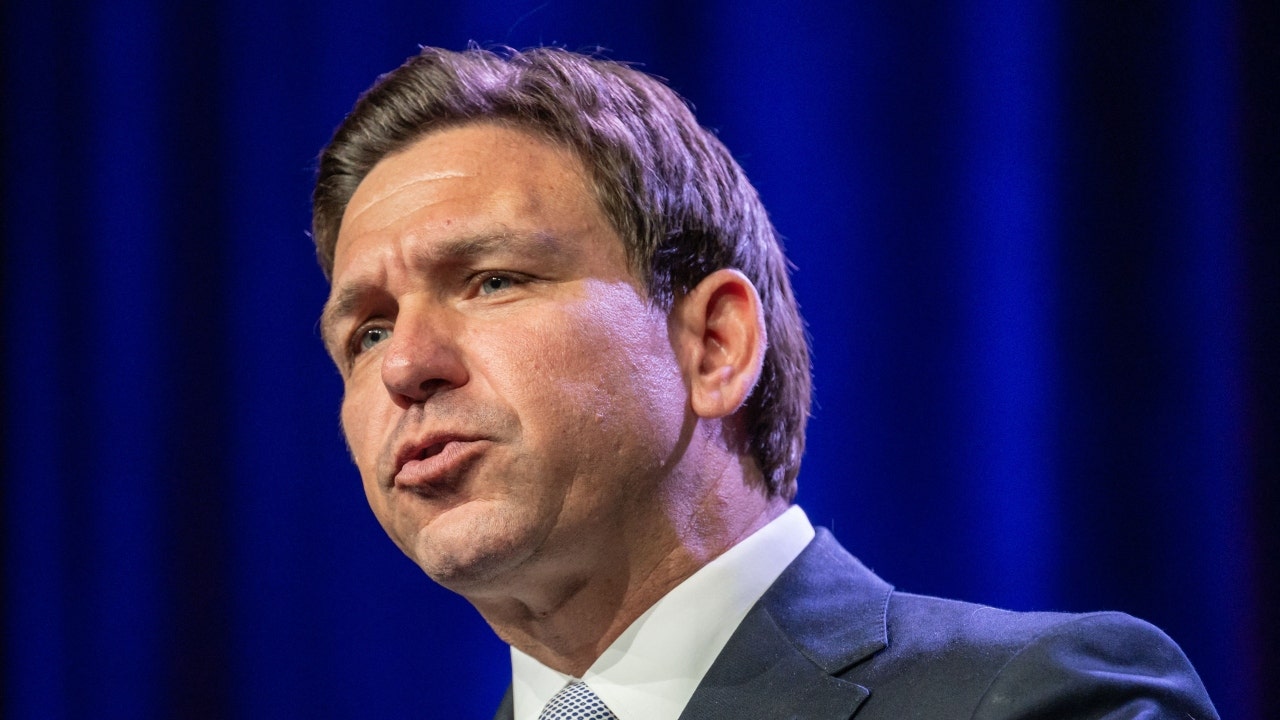
 Politics1 week ago
Politics1 week agoDeSantis signs bill allowing residents to kill bears, vetoes bill that fines slow left lane drivers
-

 News1 week ago
News1 week agoWoman accused of trying to drown Muslim child in Texas in possible hate crime
-

 Movie Reviews1 week ago
Movie Reviews1 week agoI Am: Celine Dion Movie Review: A gut wrenching account of Celine Dion’s quest to find her voice
-
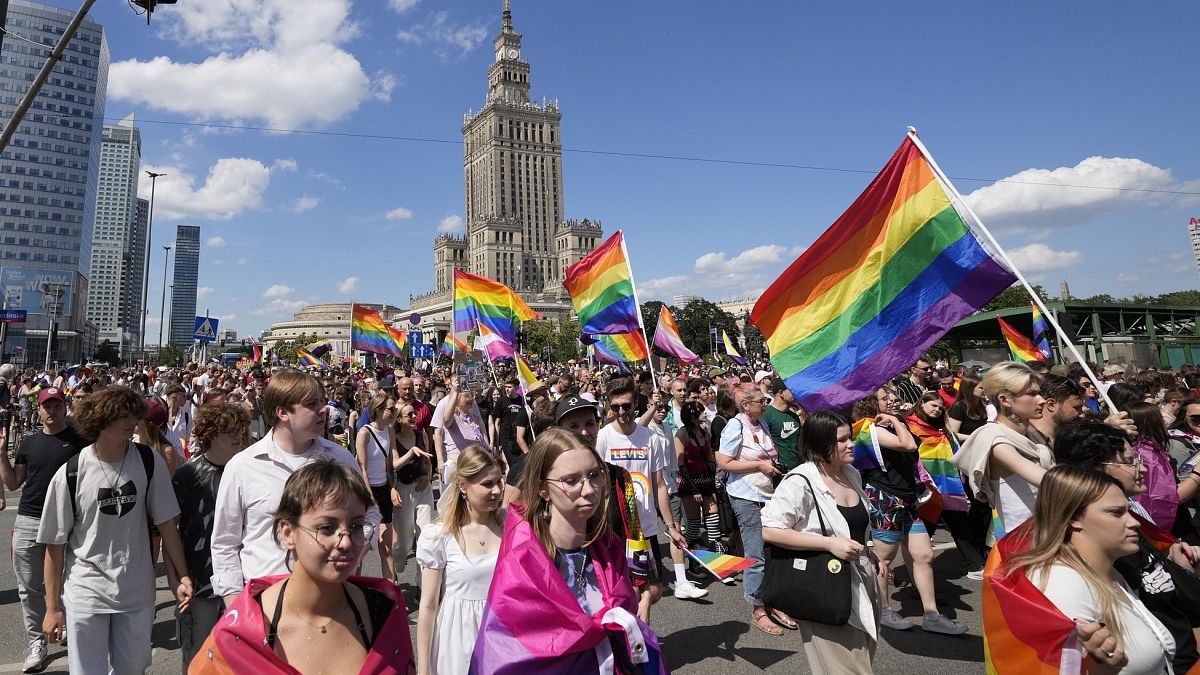
 World1 week ago
World1 week agoOver 10,000 Poles participate in Pride parade in Warsaw
